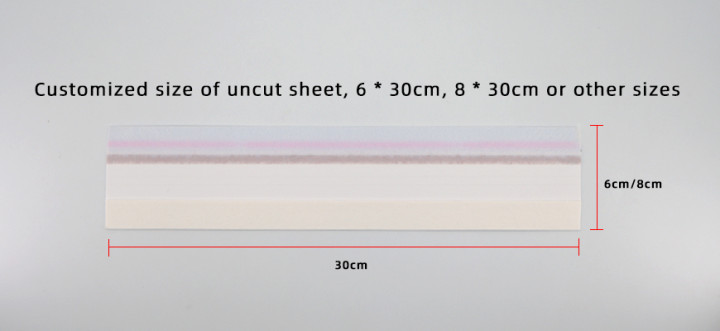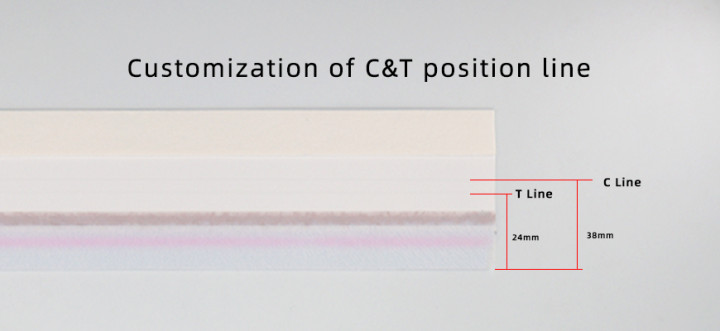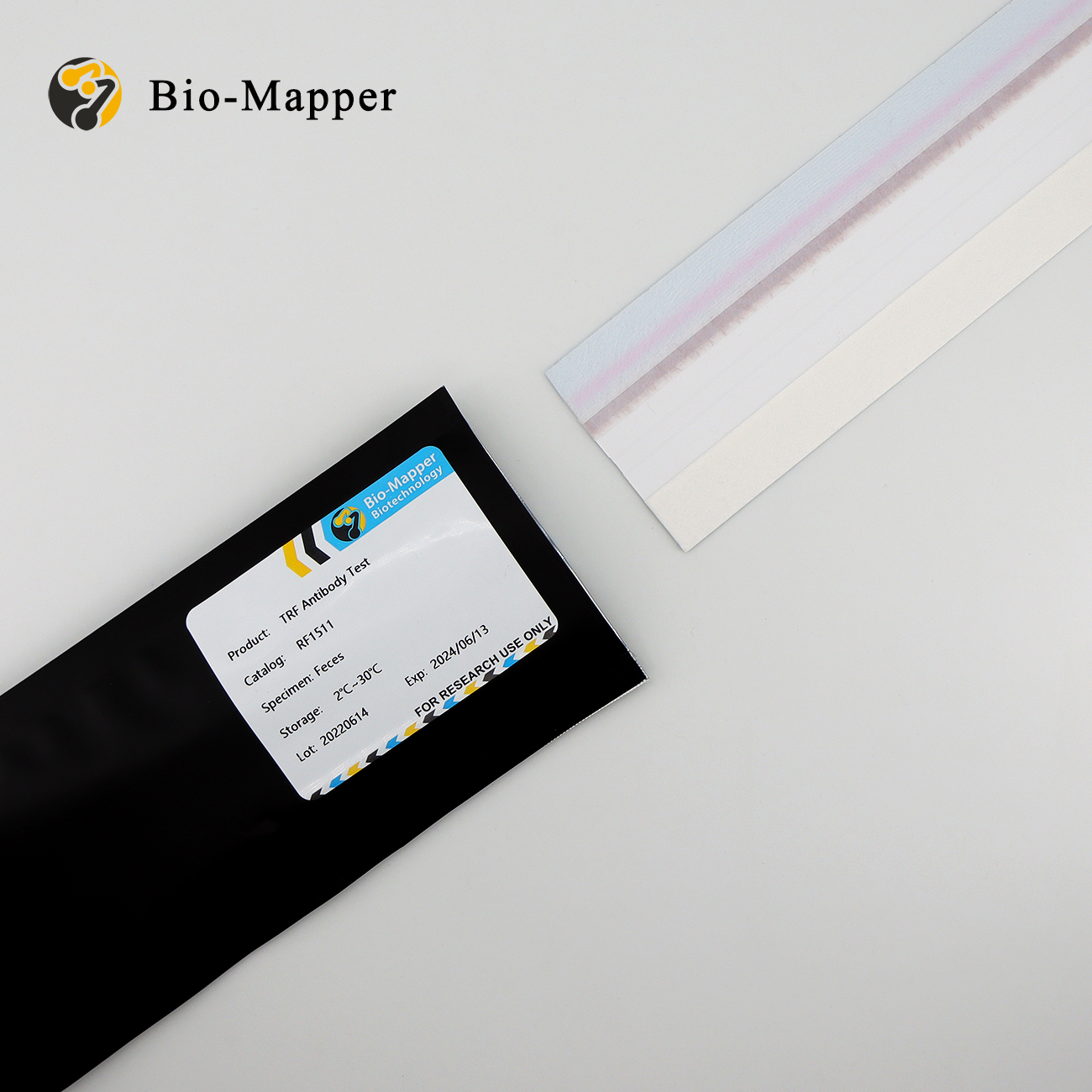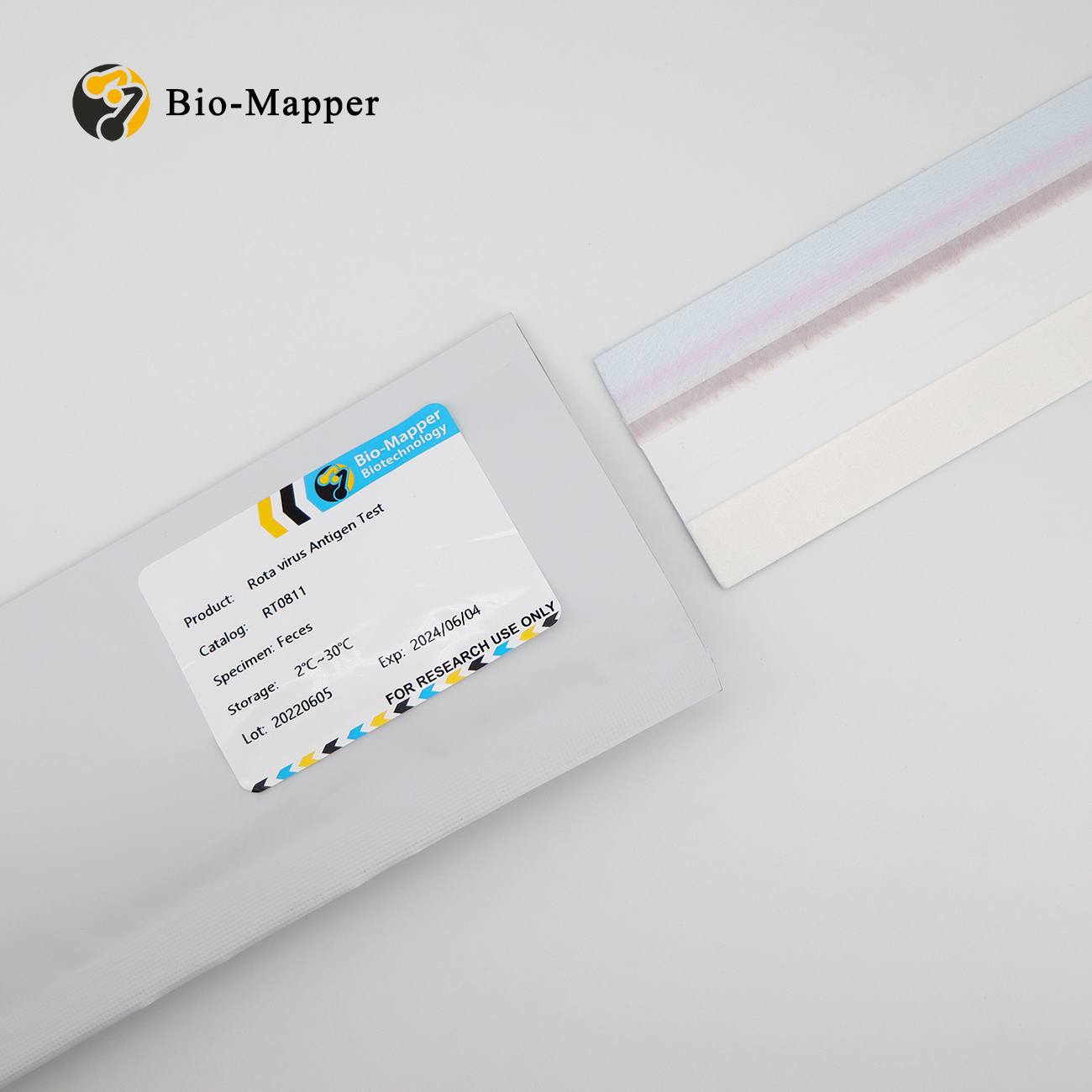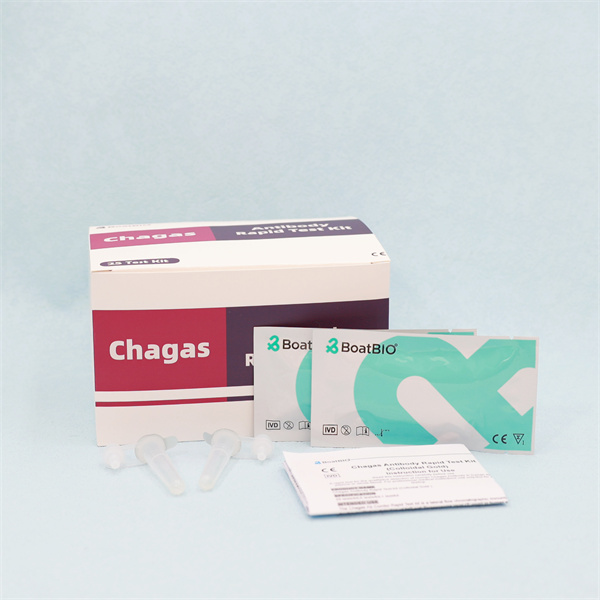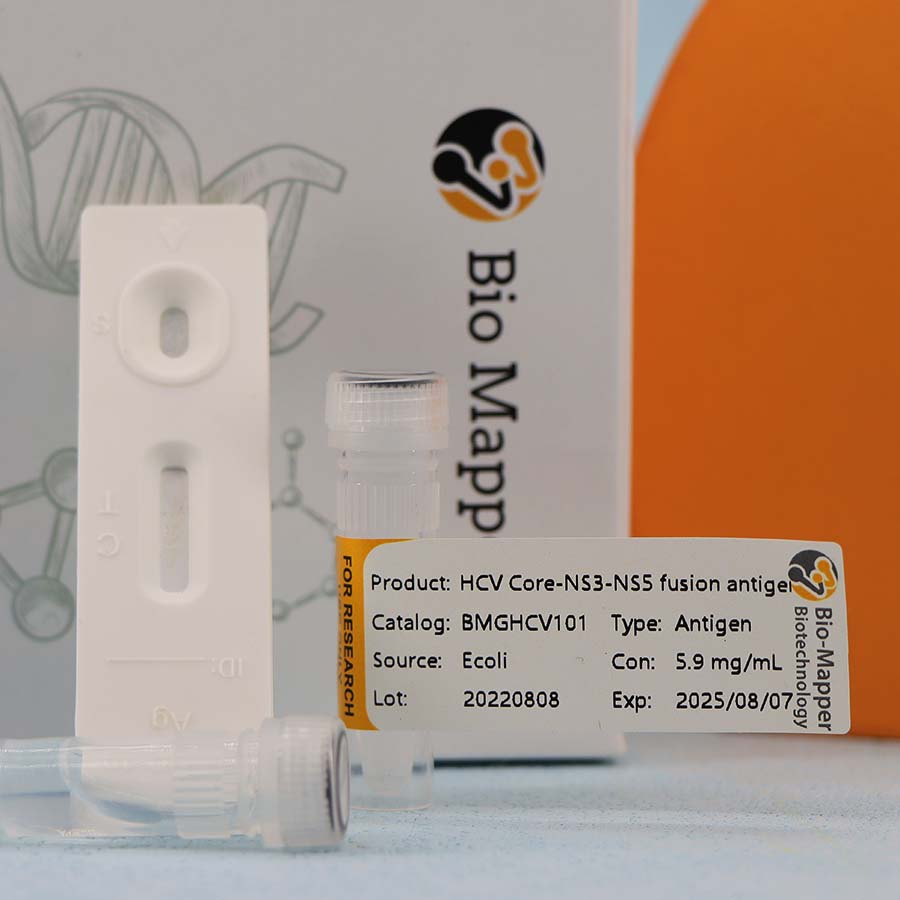Detailed description
Toxoplasmosis, also known as toxoplasma, often inhabits the intestines of felines and is the causative agent of toxoplasmosis, and antibodies can appear when the human body is infected with toxoplasmosis. Toxoplasma gondii develops in two stages, the extramucosal stage and the intestinal mucosal stage. The former develops in various intermediate host and end-of-life infectious disease master tissue cells. The latter develops only within the epithelial cells of the small intestinal mucosa of the final host.
There are three main diagnostic methods for toxoplasmosis: etiological diagnosis, immunological diagnosis and molecular diagnosis. Etiological examination mainly includes histological diagnosis, animal inoculation and isolation method, and cell culture method. Commonly used serological diagnostic methods include dye test, indirect hemagglutination test, indirect immunofluorescent antibody test, and enzyme-linked immunosorbent test. Molecular diagnosis includes PCR technology and nucleic acid hybridization technology.
The mother-to-be’s pregnancy check-up includes a test called TORCH. The term TORCH is a combination of the first letters of the English names of several pathogens. The letter T stands for Toxoplasma gondii. (The other letters represent syphilis, rubella virus, cytomegalovirus, and herpes simplex virus.) )




